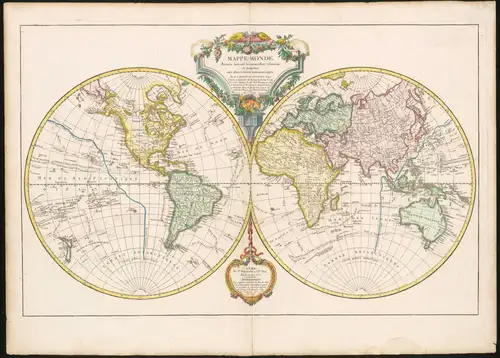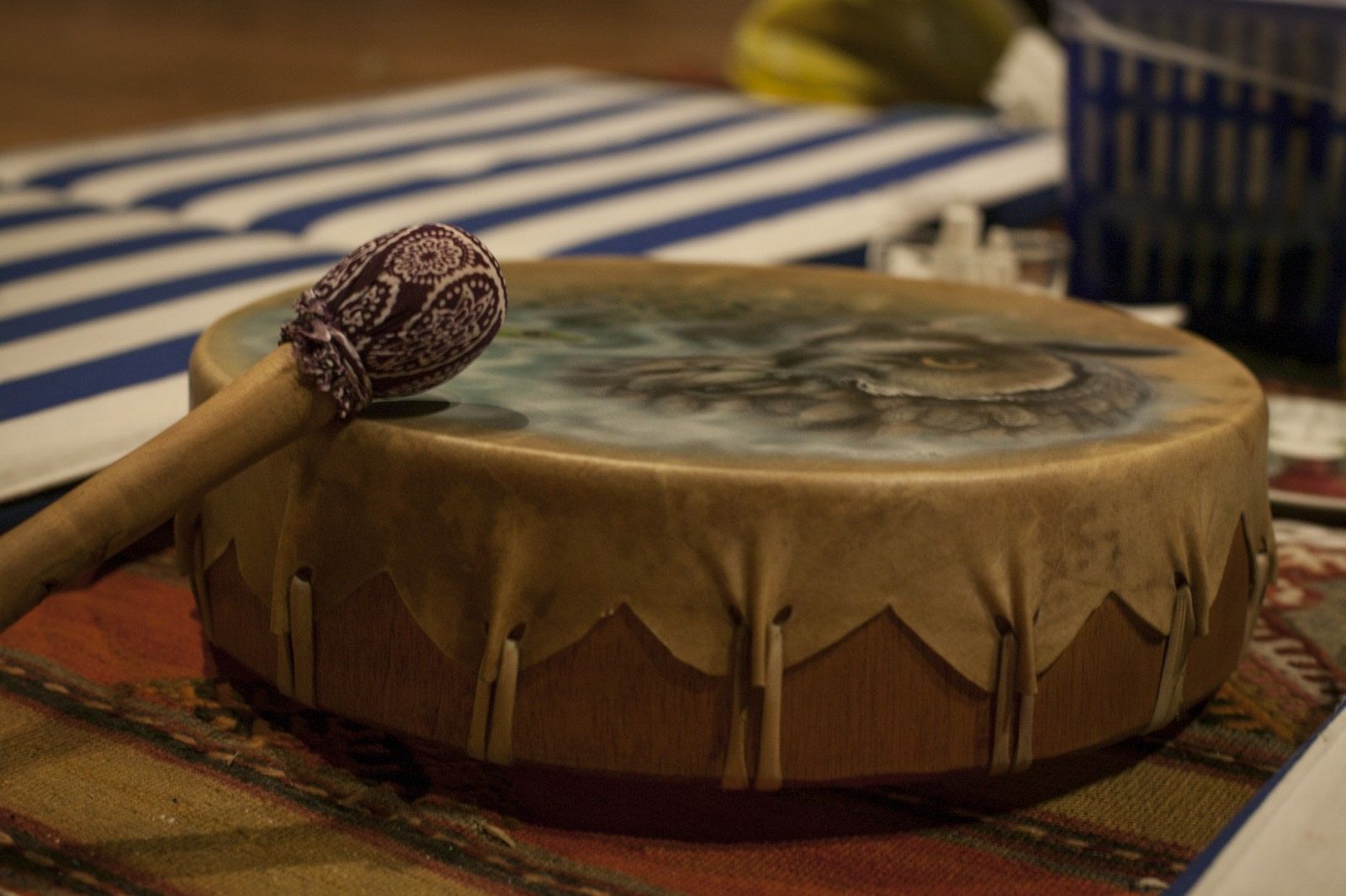The Arctic locations we visit aren’t merely made up of phenomenal landscapes, exotic wildlife, and more adventure than a Hardy Boys novel.
They’re also interwoven with ancient cultures, all of which have their own particular and fascinating cosmologies. In fact, Greenland and Northern Norway are infused with folklore that reaches all the way back to (and in some cases predates) ancient Greece.
If you’re lucky enough to visit these regions, make sure to enrich your exploration of the natural world with a little dose of the mythological one.
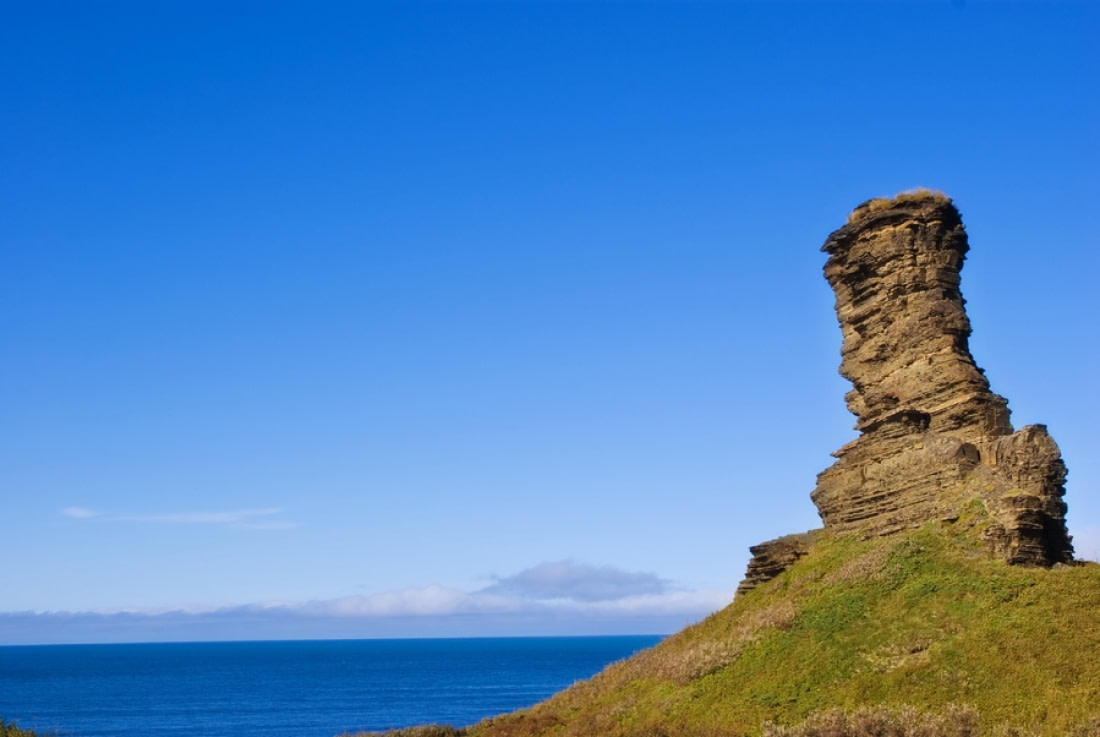
Inuit (Kalaallit of Greenland)
It’s not uncommon to hear references to the native Arctic Inuit, though actually this is a blanket term for numerous distinct cultures indigenous only to certain areas of that region.
(Even so, it’s a much better term than “eskimo.”)
In Greenland, one of our most popular Arctic cruise areas, the predominant Inuit tribe is the Kalaallit. The Kalaallit are the largest Greenlandic Inuit group, concentrated mostly in west Greenland but also located in some of the areas we visit in northeast Greenland.
The Kalaallit mythology shares many similarities with that of other Inuit peoples, and in turn shares many similarities with the myths of other Arctic groups.
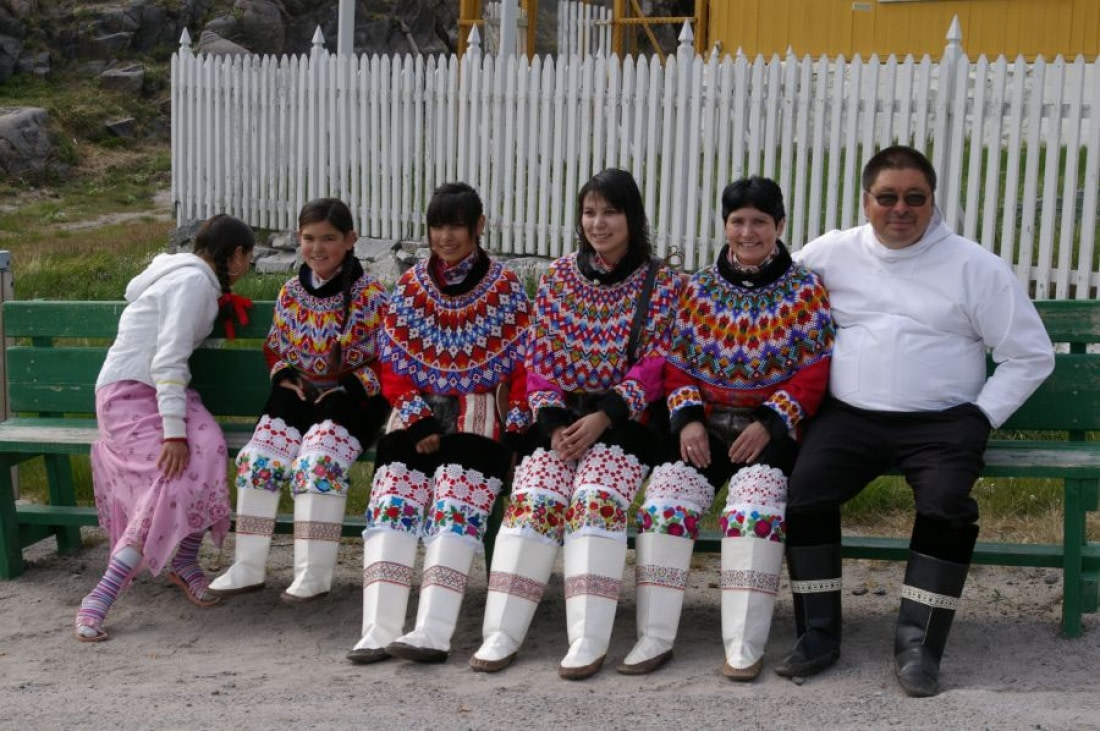
No divine ruler controls the Kalaallit universe, there are no paternal or maternal deities, and no cosmic scale of justice punishes wrongdoing in the afterlife.
Even so, Kalaallit religion does believe that the Moon punishes the breaking of social taboos. Not only that, an avenging monster called the tupilaq can be summoned to punish people through chants and the use of bone, sinew, or other such substances.
Kalaallit shamans, known as angakkuk, summon the tupilaq in dangerous ceremonies that may lead to the monster devouring the summoner if his or her powers aren’t sufficient.
Another monster, an anngiaq, can arise out of the concealment of infanticide or miscarriage, and has the power to curse those it touches.
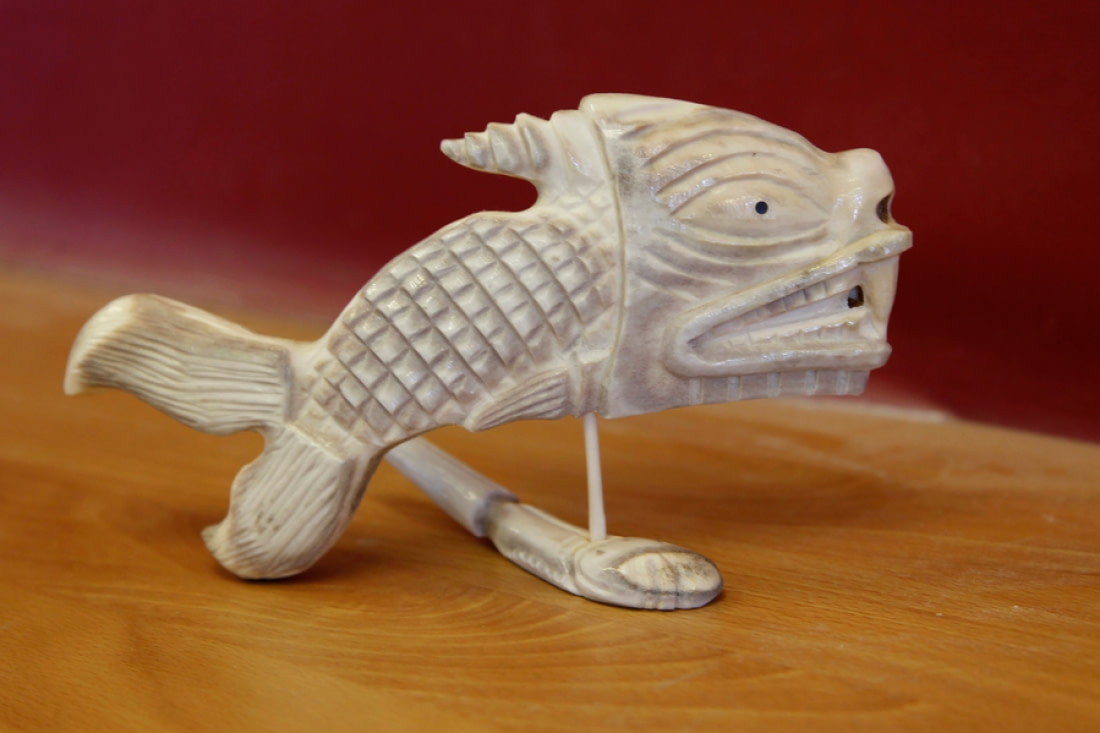
But far from being uncommon, spirits are everywhere in the Kalaallit world.
The sky (or sila) is pervaded with the spirits (or anirnitt) of all living things, a common Inuit belief, and these anirnitt can seek revenge if necessary. They are only pacified by correct ritual observation and obedience to social customs.
Kalaallit deities include Akna, a mother goddess of fertility; Anguta, a god who gathers the dead to the underworld; and Amarok, a wolf god who abducts those who hunt at night.
Saami (circumpolar Scandinavia)
The Saami (also Sami or Sámi) are a people indigenous to northern Scandinavia and northeastern Russia, a cultural area known as Sápmi.
Like the Inuit, Saami are troubled with a derogatory second name: Laplanders or Lapps, though Lapland is actually another area interior to parts of Finland and Sweden.
In Sami religion, man and nature are one, so a healthful life requires harmony between oneself and the elements.
This facet of Saami belief is in direct contrast to many other mainstream mythologies, such as Christianity, which views the natural world as a collective resource purposefully made for human control and consumption.
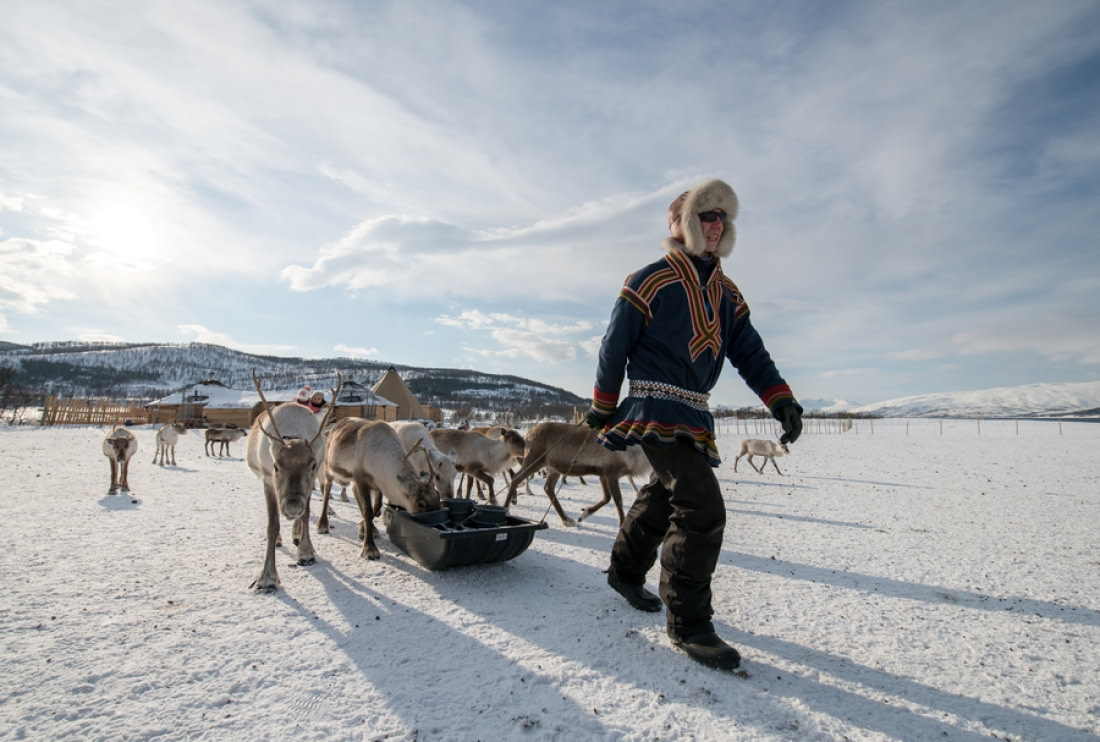
The Saami cosmology contains three tiers: a middle world, an upper world, and a netherworld.
The middle world is where we live, a place inhabited by other animals and nature spirits; the upper world is where the gods live; and the netherworld is the home of gnomes and the dead.
A Saami shaman, or noaidi, performs an essential community function by accessing the outer worlds for the benefit of the tribe. Through the exercise of certain rituals, the shaman can heal the sick, predict the future, and aid the luck of hunters and fishermen.
The most important part of a Saami shaman’s equipment is his drum.
Made out of reindeer skin and decorated with images, the drum allows the noaidi to enter a trance state in which he can take animal form to further help the community.
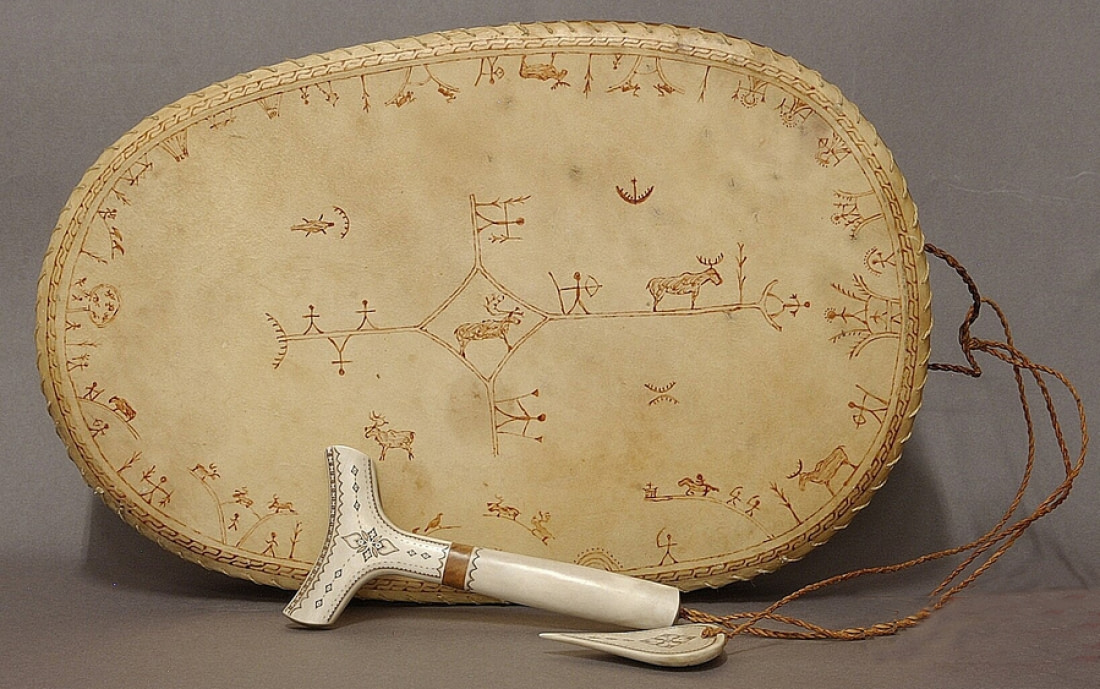
As for Saami deities, they are numerous and understandably nature-oriented.
Ukko is the central life giver and lord of the clouds. His wife is Akka, almost always represented by his side. Biegga-almmái is god of the wind and can influence reindeer. Máttáráhkká is the goddess of life, and her three daughters symbolize feminine attributes.
Saami often worship these and other gods at a siedi, a holy place that is typically a natural formation like a large boulder or tree stump.
If you take one of our Northern Norway voyages, you may encounter Saami people in Tromsø or the surrounding areas. Obviously, however, modern-day Saami do not necessarily follow their traditional beliefs any more than do present-day Kalaallit.
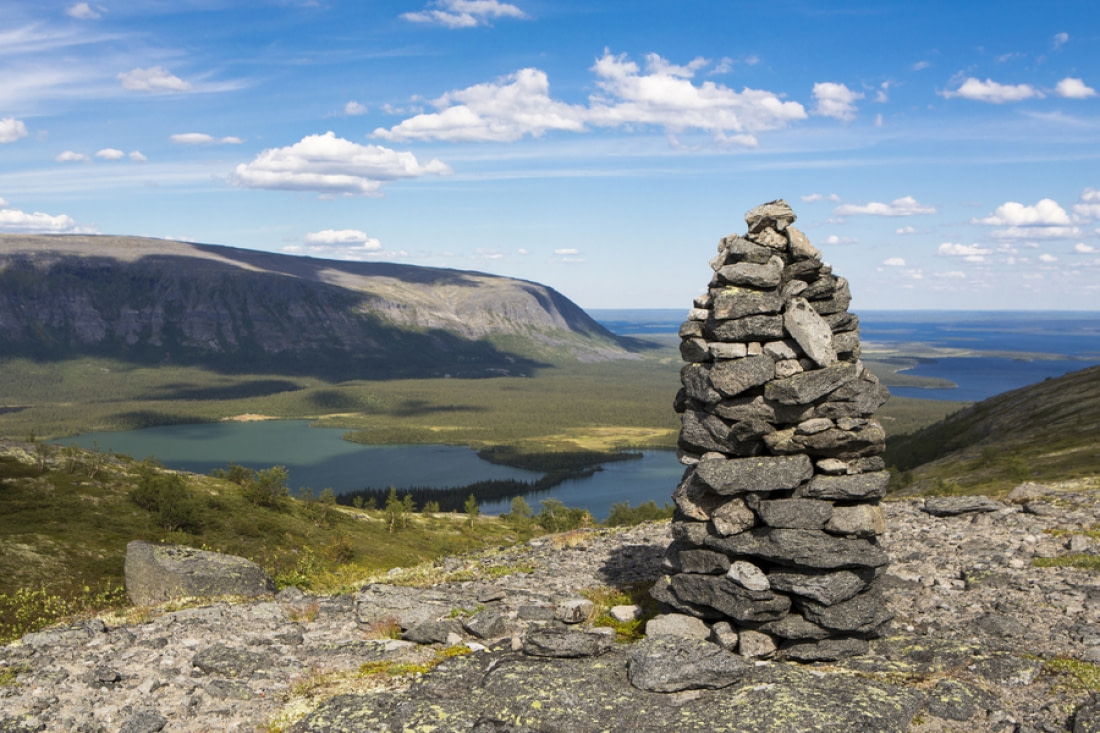
An Arctic mythology disclaimer
Since the myths of the Arctic are too vast and varied to be examined properly here, this article is meant as only a brief and admittedly incomplete survey of belief in our areas of operation.
Obviously, countless other Arctic and near-Arctic myths abound from the distant past: The ancient Norse (i.e., Vikings) thought the northern lights were incarnations of their gods, and we’re all familiar with the Yeti (Abominable Snowman) of Nepalese folklore.
The Greeks even had their own idyllic version of the Arctic, known as Hyperborea.
Hyperborea was located at the top of the world, beyond the north wind (or borea, where the term borealis comes from), and was inhabited by giants called Hyperboreans. According to the Greeks, the Arctic was a tropical paradise.
According to us, they were half right.
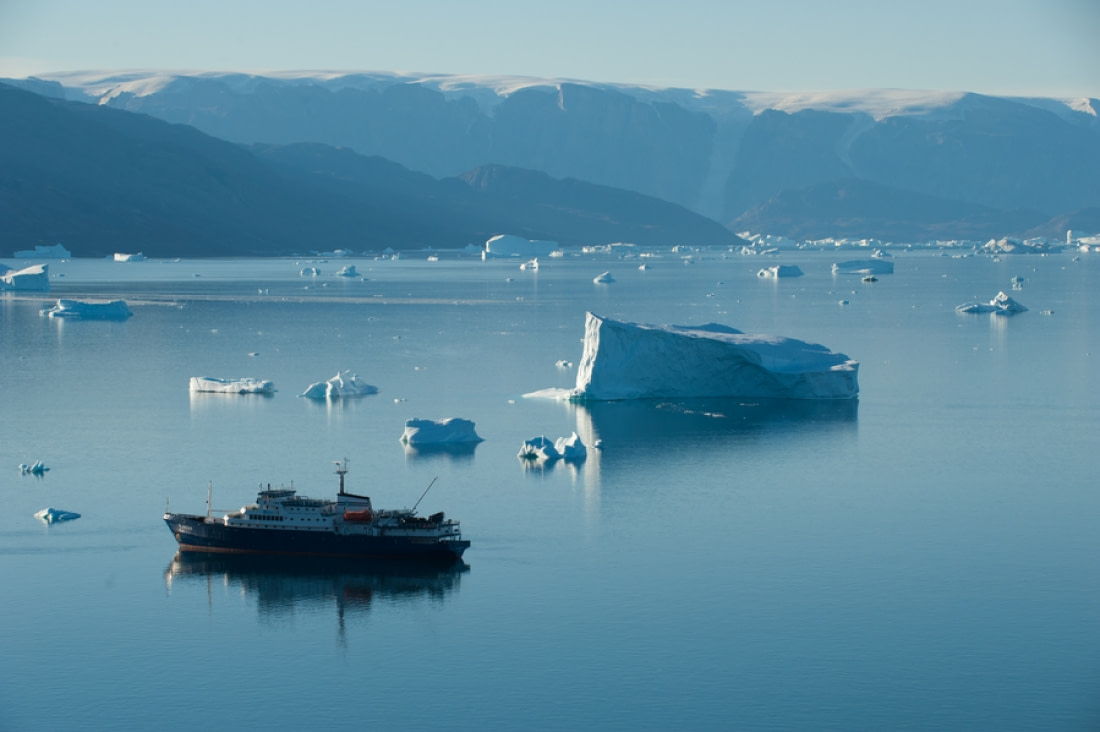
Blog



Adding Antarctica to Your Seven-Continents Bucket List
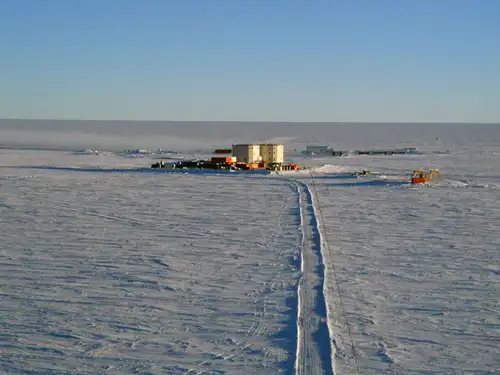
Day and night in Antarctica
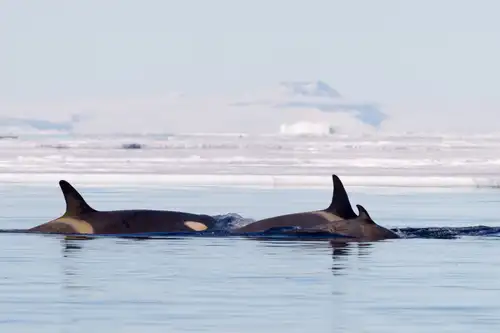
Antarctica’s first Marine Protected Area
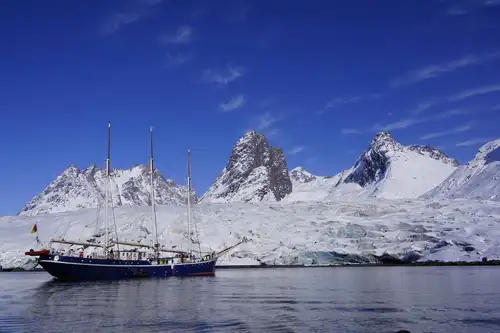
5 Misconceptions You Might Have About Greenland
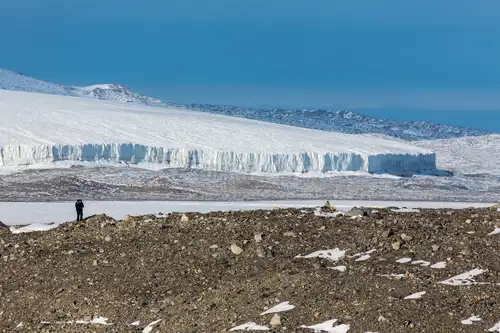
The Secret Life of Glaciers: How They Form, Move, and Melt
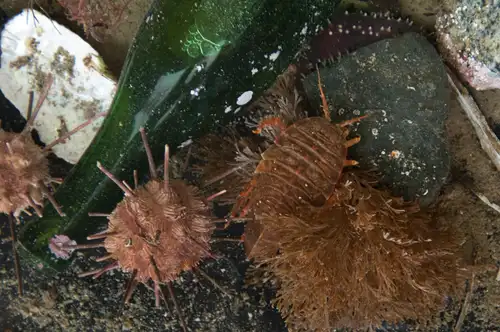
Deep Sea Dwellers: 10 Facts about The Antarctic Giant Isopod
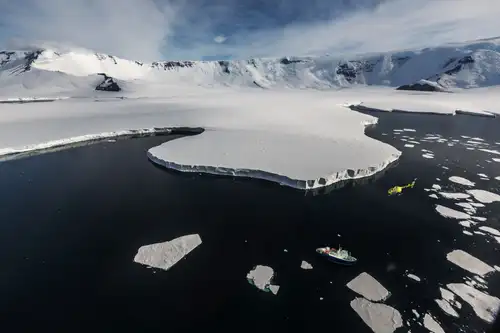
Taking a polar expedition cruise delivers no shortage of show-stopping highlights, but one of the most exhilarating is lifting off from the ship in a helicopter and taking flight over the incomparable Antarctic wilderness.
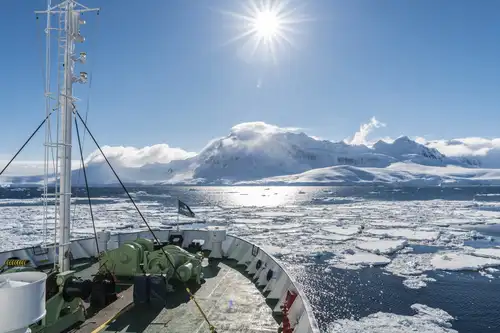
Cruising Solo: The Benefits of Single-Passenger Polar Travel
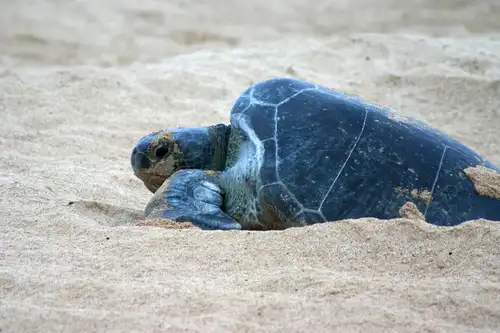
Going Green: Ascension Island Sea Turtles
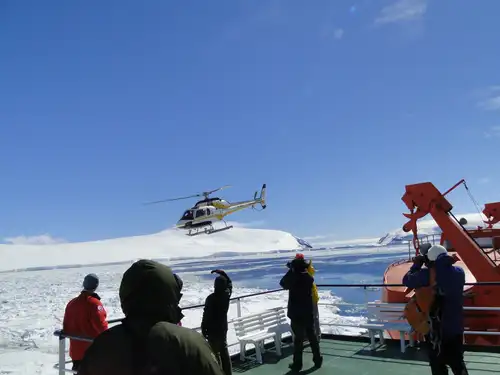
The Wonderful Weddell Sea: Places, Pics, and Impressions
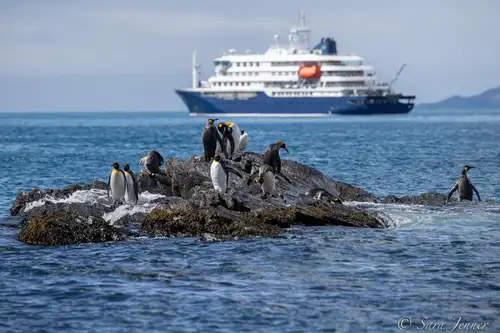
Weddell Sea, Shackleton’s Endurance, and New Swabia
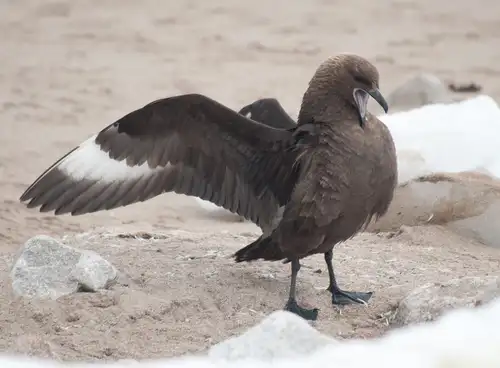
Fierce and Feathered: the Skuas of Antarctica
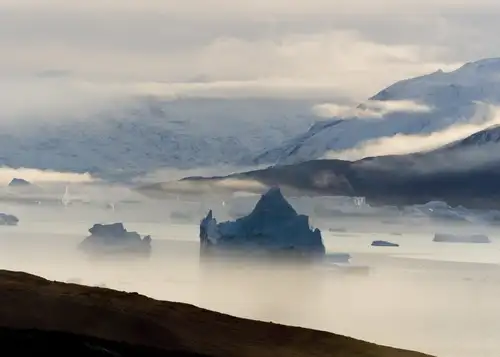
Peaks, Fjords, and Auroras: 14 East Greenland Attractions
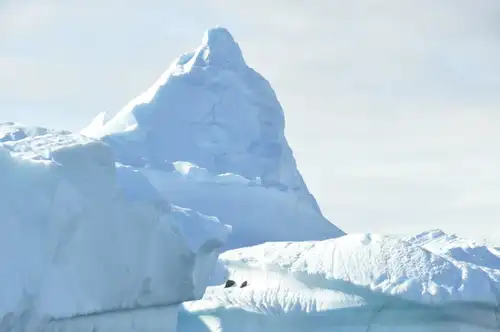
Life migrating through the Polar Front

Hot Ice: Breeding Practices of Five Polar Animals
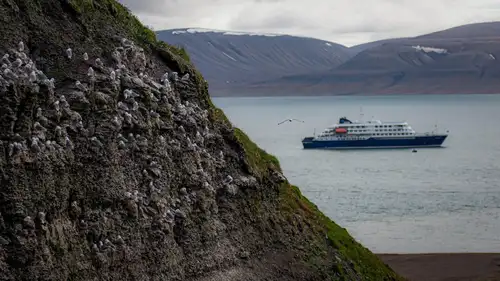
Circumnavigating Spitsbergen
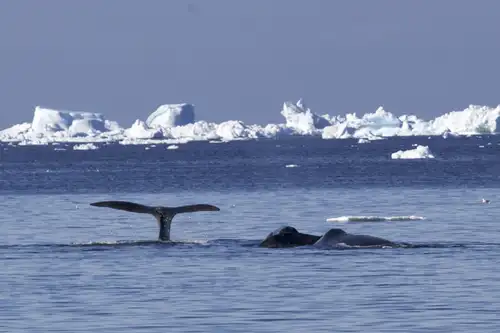
The bowhead whale, whaling about the Arctic
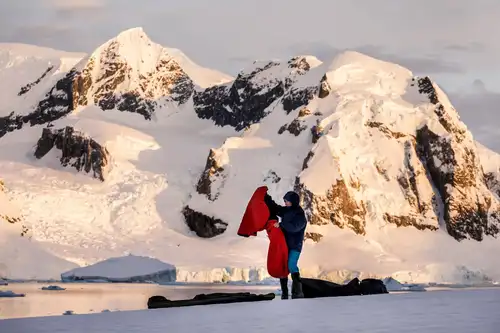
Camping in Antarctica: a True Expedition Experience
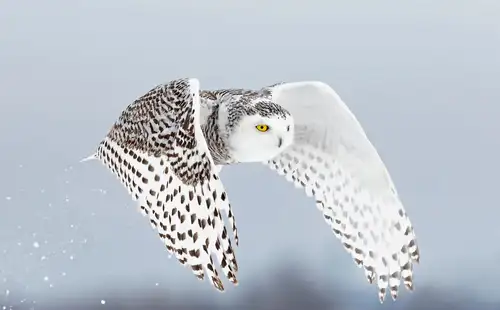
Secrets of the Snowy Owl: Habitat, Adaptations, and Other Facts
